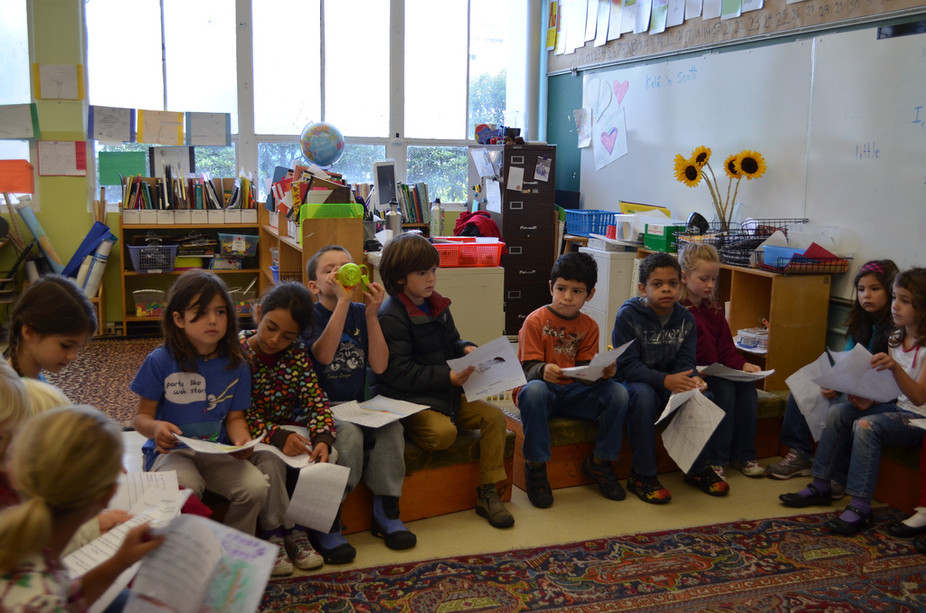Are you looking for hacks for students that perform poorly on learning activities that require listening? If so, keep reading.
1. Select a peer to model excellent listening skills for the student.
2. Get the student to practice group listening skills (e.g., “Everyone take out a piece of paper. Write your name on the paper. Number your paper from 1 to 20.”).
3. Make sure that your remarks are in the form of constructive criticism rather than criticism that could be perceived as personal, menacing, etc., (e.g., instead of saying, “You always make the same mistake,” say, ”A better way to do that might be . . . “).
4. Get the student to practice listening to what other students are saying (e.g., following simple instructions, sharing information, etc.).
5. Require the student to repeat portions of a conversation as the discussion is taking place.
6. Get the student to question any directions, explanations, and instructions they do not understand.
7. Give the student public announcements and instructions in written form while presenting them orally.
8. Get the student to silently rehearse information just heard to help them remember the essential facts.
9. Get the student to take notes when instructions are being given following the “What, How, Learning materials, and On occasions where” format.
10. Get the student’s hearing reviewed if it has not been recently reviewed.
11. Get the student to orally repeat directions, explanations, and instructions to enable retention.
12. Find the student’s most efficient learning mode. Utilize it continuously to enable the student’s comprehension (e.g., if the student fails to understand instructions or information orally, present it in written form).
13. Train the student to keep attention to the source of information by keeping eye contact, keeping hands free from other learning materials, and reducing other distractions.
14. Talk regularly with the student. Make sure that eye contact is being made to ensure that the student is attending.
15. Inform the student that instructions will only be given once and that you will not remind them to follow the instructions.
16. Provide visibility to and from the student at all times to ensure they are attending.
17. Draft an agreement with the student stipulating what behavior is required (e.g., listening to directions, explanations, and instructions) and which reinforcement will be implemented when the agreement has been met.
18. Make sure the student is attending (e.g., making eye contact, hands free of other learning materials, etc.) before delivering directions, explanations, and instructions.
19. Make sure the student knows that if they do not listen to and follow instructions when working in a group, participating in learning activities, etc., others will not want to work with him/her.
20. Get the student’s attention before giving them instructions. Get the student to make eye contact and repeat the information to check for comprehension.
21. Read this article that we wrote on developing listening comprehension skills.
22. Read this article that we wrote explaining why verbal comprehension skills are important to academic success.
23. Read this article that we wrote on what you should do when your child struggles with verbal comprehension.





